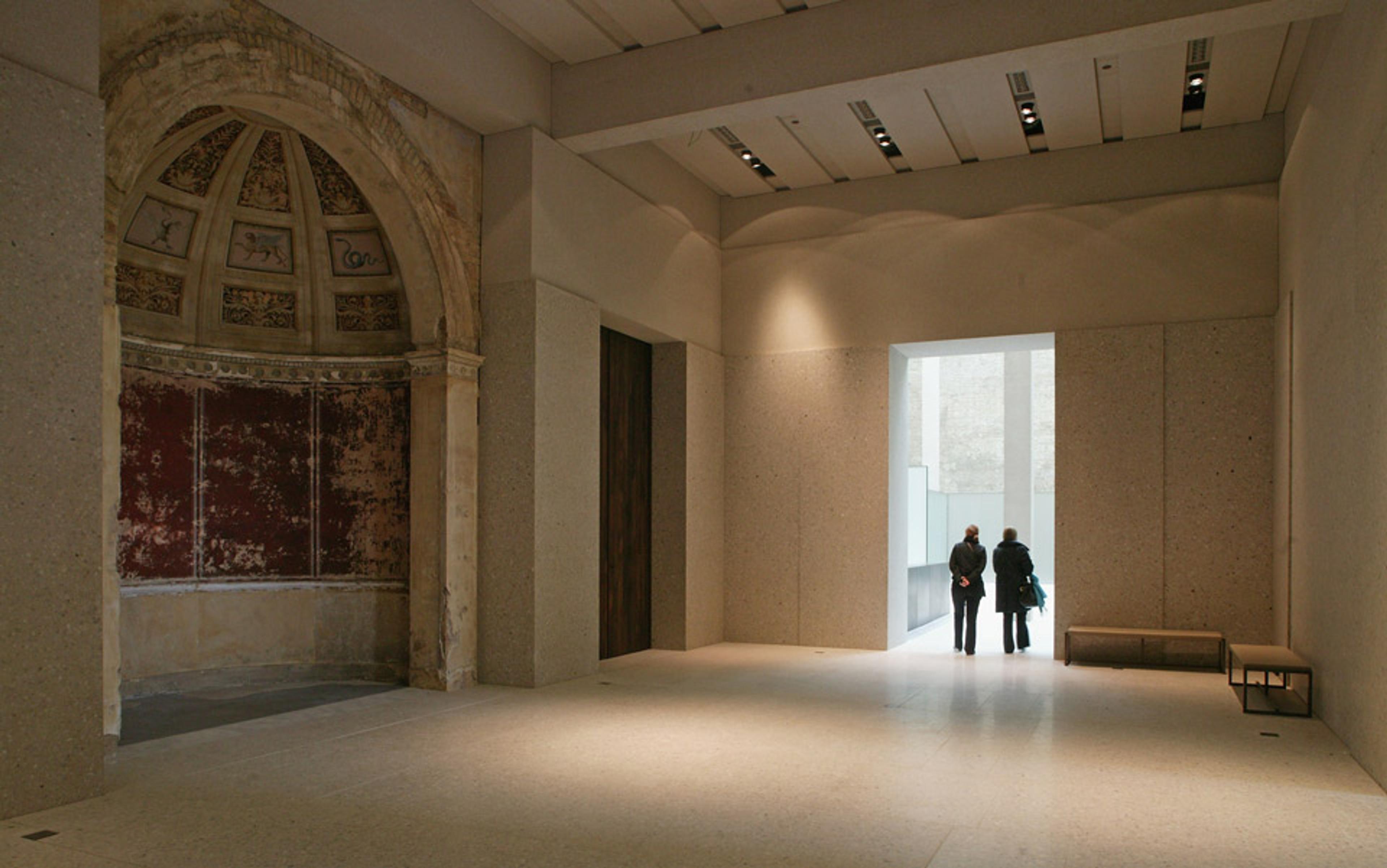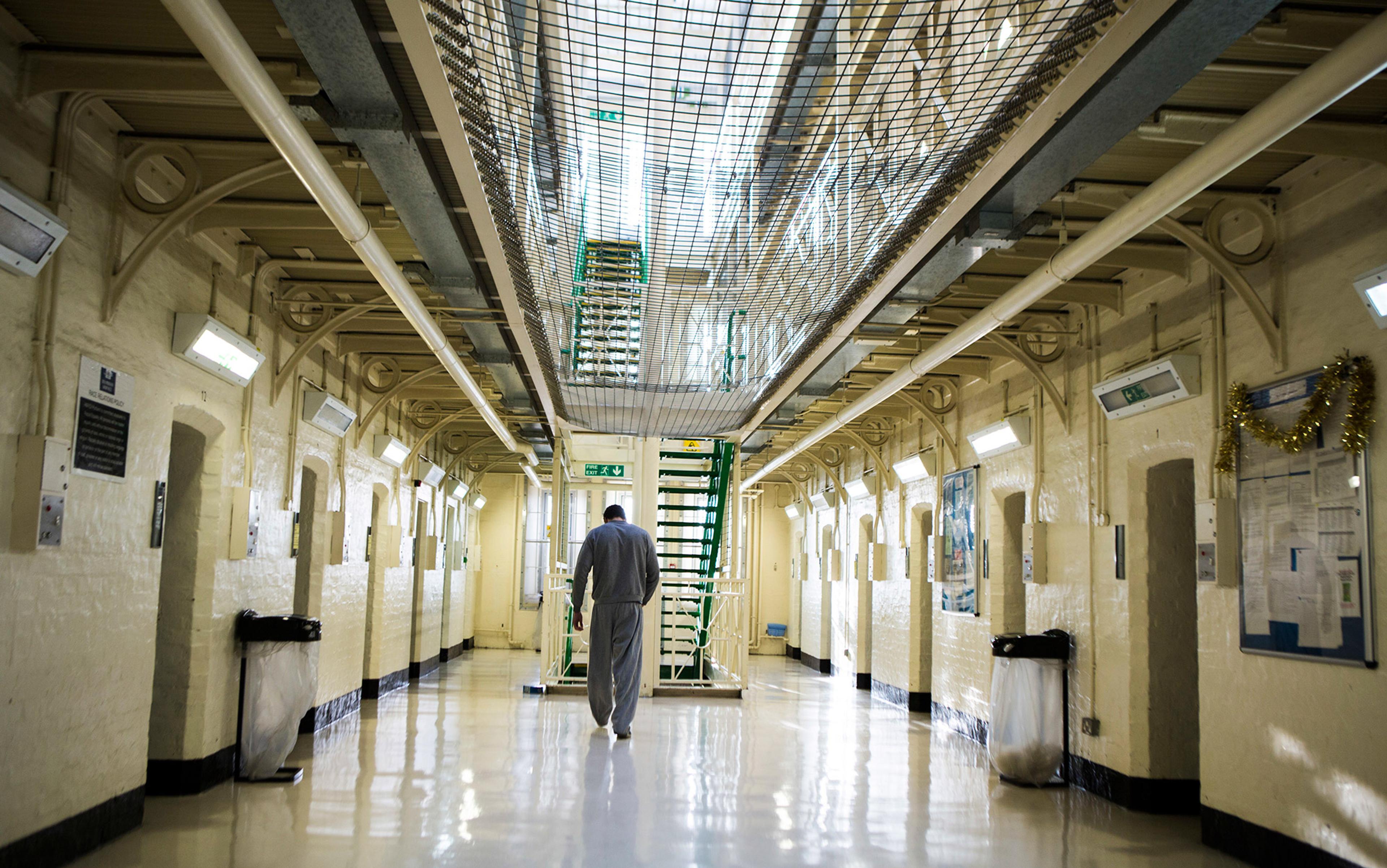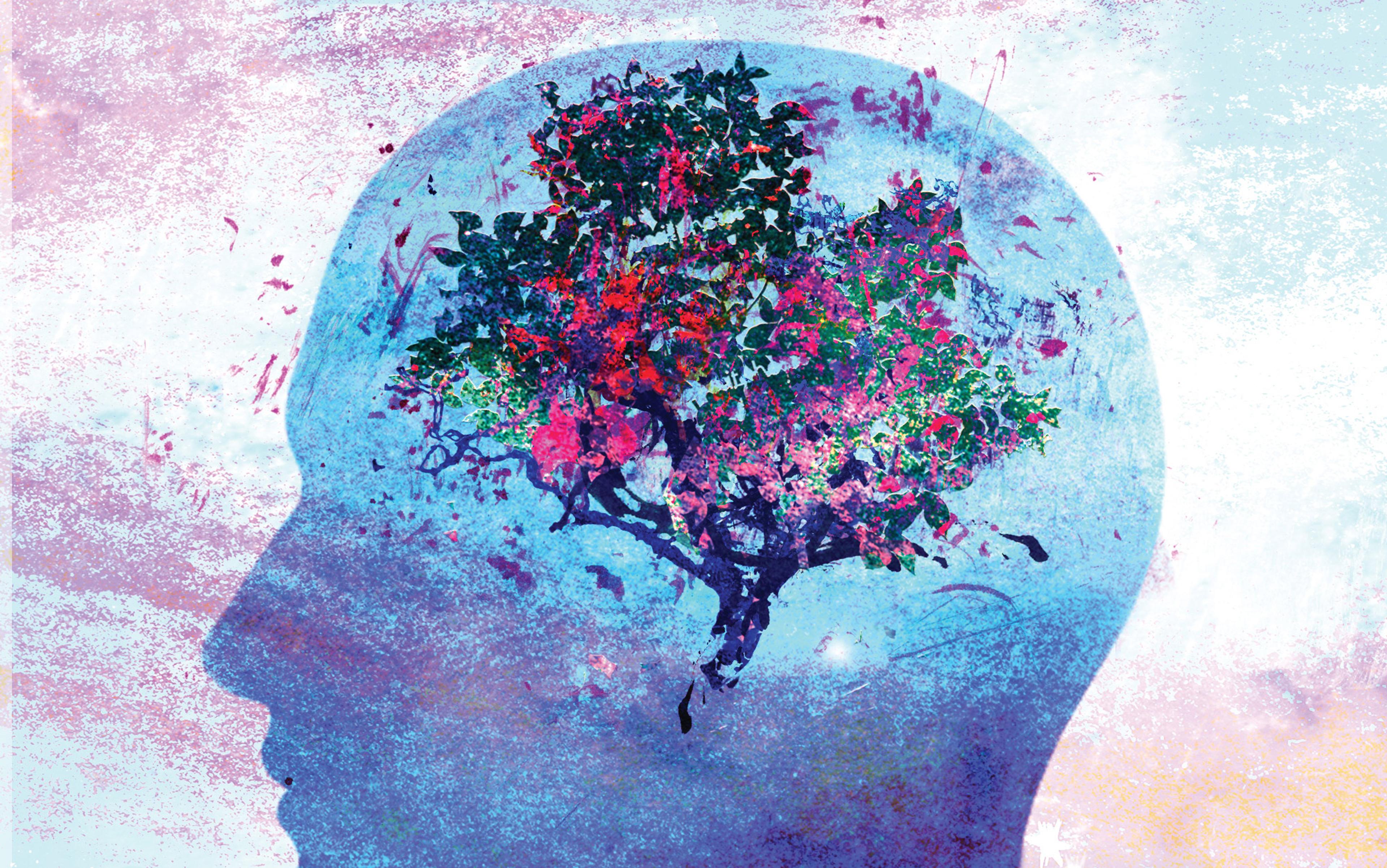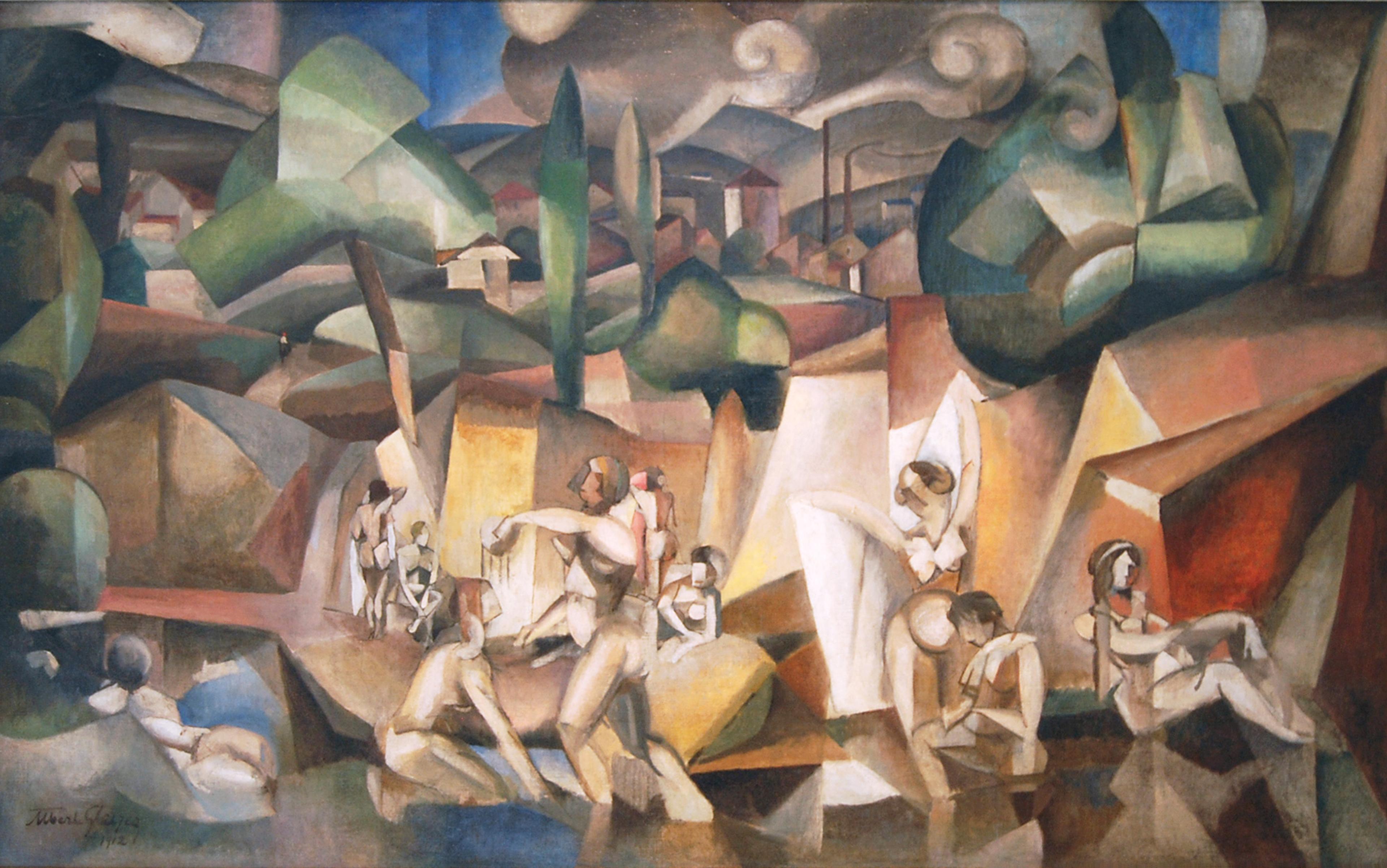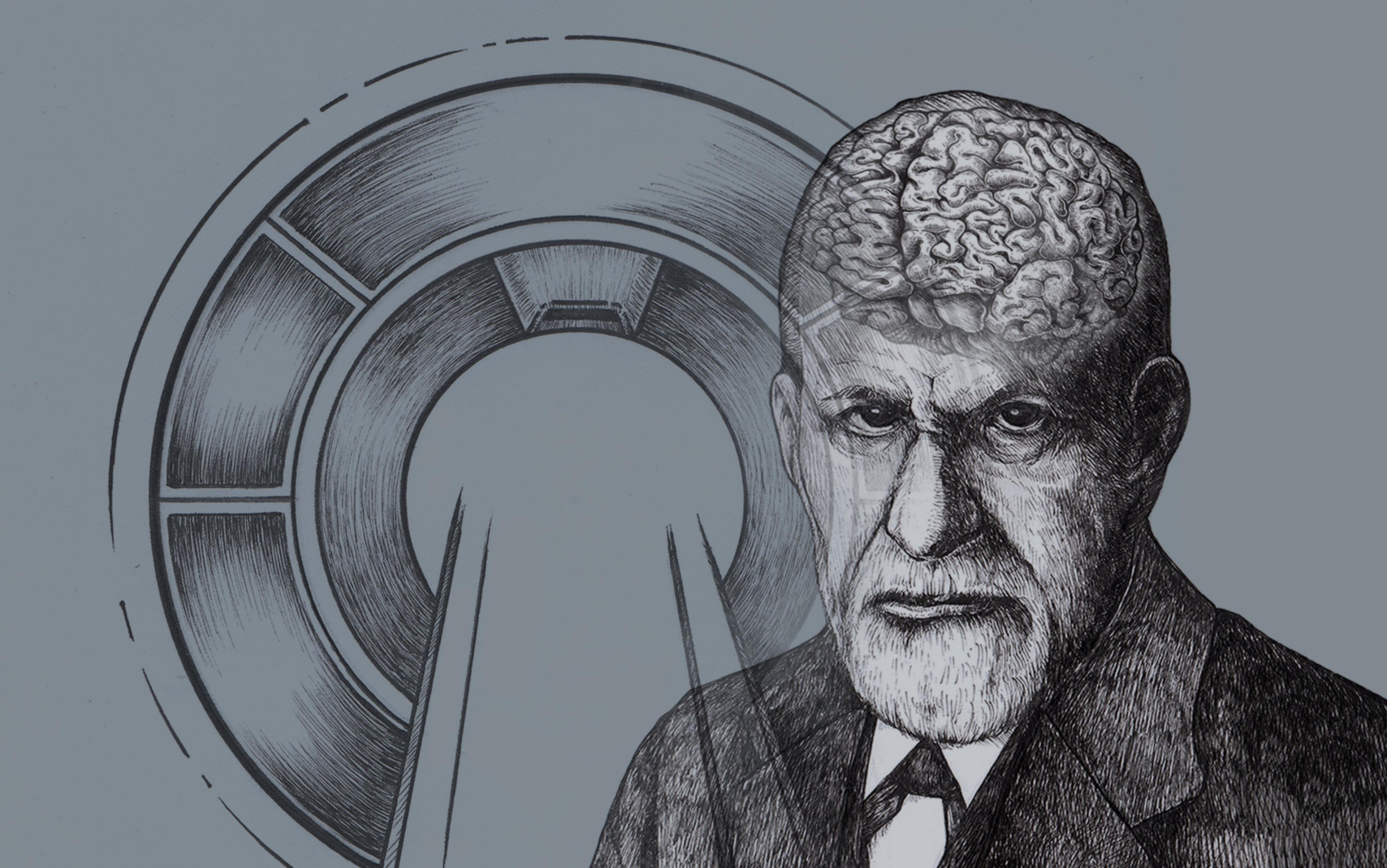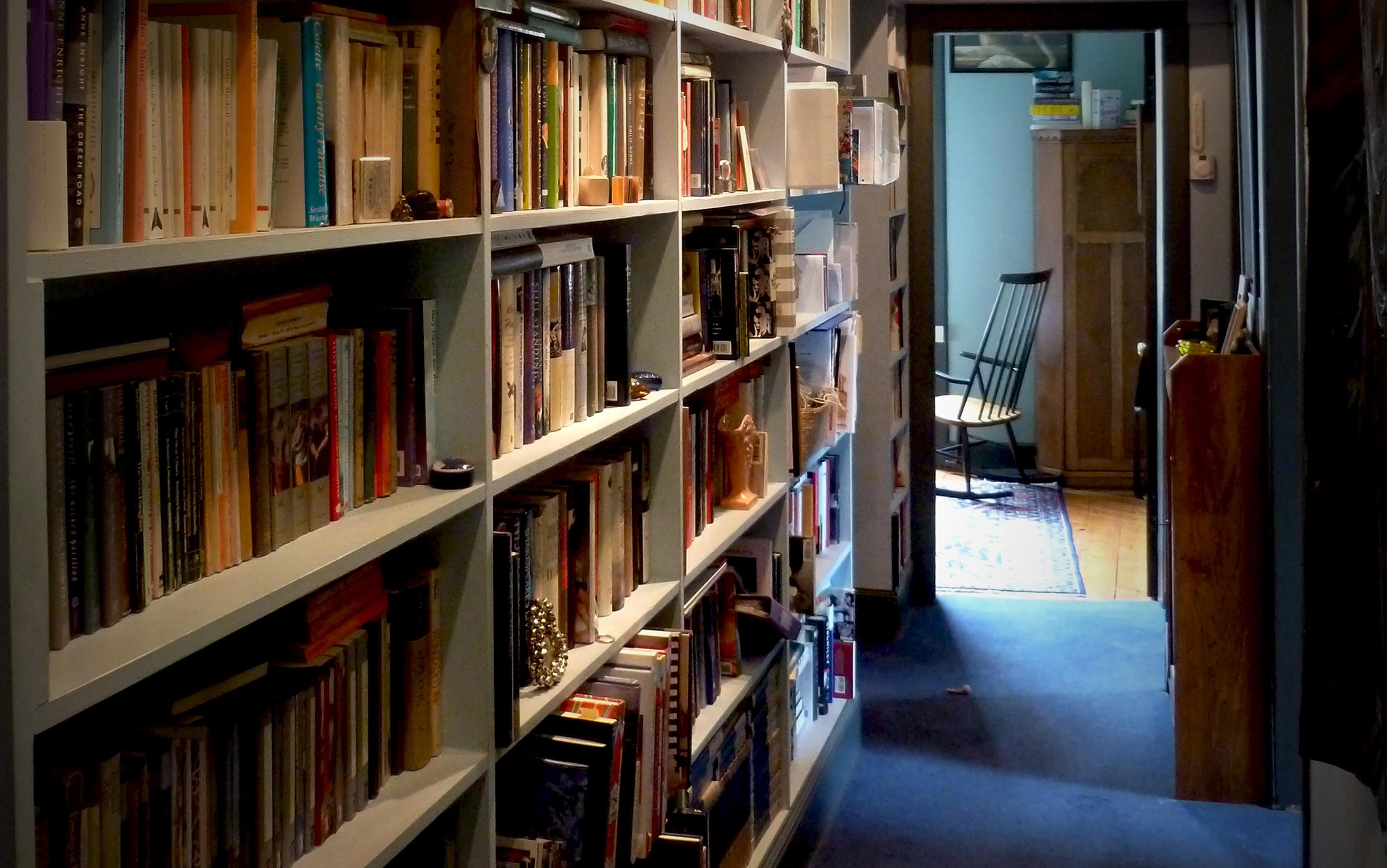One damp morning last August, I woke with an intense urge to visit Virginia Woolf’s former home, Monk’s House in Sussex. I’d been thinking vaguely, for weeks, about going there, but suddenly it felt like a physical need, so I cancelled some plans and headed to Victoria station. My book on desire and sexuality was about to come out, and I felt anxious about letting it go. I wanted to visit somewhere Woolf had lived and written — she who wrote in such feverish, transported states, who experienced her own mind and its workings with intense anguish. I went south, agitated and excited myself, hopeful of feeling touched, somehow, by her willfulness — her single-mindedness about writing, a single-mindedness that persisted under the ebb and flow of her suffering. I wanted to mingle with her spirit.
On the journey down, the train stopped for an eternity somewhere between two stations. I struggled to concentrate on my book, fiddled irritably with my phone. It felt urgent that I get there. Why was the train just idling? I had wanted to walk but, when we finally pulled into Lewes, it was pouring with rain. So I got in a cab, and by the time we pulled up to the house in Rodmell, down a pretty, hedgerow-lined lane, I felt parachuted in, opportunist and fickle.
Walking into the house, I was met by a sudden blast of smell — old, reedy fabric, wizened furniture, damp woollen rugs. The gestalt of the Woolfs, of their time, was overwhelming — and a feeling of Virginia’s prose ran, like a shudder, through me. But it quickly faded, replaced by a feeling of alienation and remoteness, a sudden, thorough deflation. The stewards sat neatly on wicker chairs, kindly, matronly, effortfully unobtrusive.
Peering at bookshelves, cushions, photographs in the living-room, I held my breath. I felt irritated by the well-meaning pilgrims, myself included. Marauding around, picking over something — what, exactly? — I was uncomfortable, and vaguely ashamed. I also felt petulant, even possessive. ‘Did they love her like I did?’ I thought, and laughed at myself by the stairs.
I walked into the kitchen: the stove, the dresser with some of Vanessa Bell’s painted pots. I thought of Virginia’s pleasure, after ridding herself of the servants (with whom she had such fraught relationships), in cooking herself an egg. And then I noticed that the rear of the kitchen was cordoned off: a modernisation, explained a hovering steward, who had registered my curiosity. I nodded, with a smiling, complicit ‘Ah,’ and walked out of the back door into the garden. As I admired the sodden flowers in Leonard’s treasured garden, I felt embarrassed by that sheepish gesture of concealment — the sanitised curtain covering up the mistake. I was relieved to be out in the open air: I felt sullied by the house, repelled by it deadness. I had wanted an encounter with something that was still breathing, something that was alive.
Absurd, and overly romantic, perhaps, to think I could experience this from a house. Why imagine you could connect, so intensely, with something long gone? Why fetishise a place, or even a person? I recoiled from the stiff, inflexible management of the past: a denial of the real past, with all its kinks, its changes, its flux. It wasn’t just me who held my breath; it was the house itself.
I was transfixed by the walls, and by the columns: pock-marked, bullet-ridden, defaced
Walking through the gardens in what was now drizzle, and looking out from Virginia’s writing hut to her beloved Downs, her most intensely described views, my irritation softened — impossible not to be affected by this landscape. I let the rain soak through my jeans as I wondered: what was it, coming here, that I had wanted?
Monk’s House, like many such places, selects and filters what we can see of its past, betraying its own anxieties in the process about what is legitimate or adequately historical. But why not let us see the house’s entire journey, its life? Monk’s House presents one rendering of a particular story, imagined backwards, from our current position of reverence. What it fails to present is life itself, in all its jolted, stumbling rhythm; life now, with all its past life — its gropings and blunderings — incorporated.
Places that feel alive are ones where the past and present mingle; where they rub shoulders, sometimes painfully, against one another. This is true of buildings, but it’s also true of people.
I remember, years ago, a conversation with university friends, all women, about confidence and upbringing. ‘I’m very confident,’ one said, and told us about her school — a formidable headteacher, an absence of boys. It was a tidy, certain, and triumphant narrative. The headteacher was the input, and my friend was the output: neat, mechanical, clockwork. A confident girl, churned out, like that. She told the story with the polished rhythm of one she had told many times before, perhaps with the same words: a stone worn smooth with familiarity. I felt uncomfortable. Not that I doubted the particulars of her account, but because I felt I was being asked — required, even — to believe it, to buy that story. The telling felt like it needed to be told in this way. And, so, feeling just a little coerced, I suspected that it was not straightforwardly true. Not straightforwardly false, either: she was confident, self-assured. But something had been obscured — a fuller account, a more complex, inclusive kind of honesty.
‘Beware,’ wrote Susan Sontag in her notebook in 1961, ‘of anything that you hear yourself saying often.’
In early 2010, when my book was still just an inchoate urge, I was in Berlin. It was March, and snowing like crazy. I walked in a blizzard to the Neues Museum, built in the mid-19th century on Museum Island, an unlikely marshland on which monumental statements of nationhood were systematically erected.
Designed by Friedrich August Stüler, a favoured pupil of Karl Friedrich Schinkel the architect of the Altes Museum nearby, and built between 1843 and 1855, the Neues Museum was part of Friedrich Wilhelm IV’s visionary and romantic projection of Prussian Enlightenment. At the start of the Second World War, the collections were dispersed, and the building was then acutely damaged during Allied bombings and the battle for Berlin. After the war, it was left to decay by the Communist authorities — perhaps because of its parlous state, perhaps also because its raison d’etre was no longer thinkable. Reconstruction did, however, resume in 1985 but stopped when the German Democratic Republic collapsed in 1989. The following decade was marked by intense wrangling over the fate of this beaten-up monument; the political and historical significance of the manner of its restoration became a site of furious debate in a scarred city grappling with how to reconstitute itself after the past century’s insults.
I headed to the museum one morning, jagged and blurred from my friend Claudia’s raucous birthday party the night before. I was braving the vicious weather to join an unofficial tour: a friend of Claudia’s had worked on the restoration. The museum had not long reopened to great acclaim and some controversy. Reconstruction (restoration isn’t quite the right word) was led by the British architect David Chipperfield. His approach was unorthodox: he refused to paper over the building’s scars from wartime shelling, squatting, neglect, and exposure. Claudia’s friend took us through the sections that were entirely rebuilt, where the original buildings had been destroyed — the new components were soaring, clean, light — and through parts that had remained standing but been extensively damaged.
The Neues Museum is not pure play or mere quotation; there is nothing ironic about it. It holds together, in a tremulous balance, the past and the present
I half-listened to her talking — half-listened, because I could only half-understand (after growing up in Brussels, my German is a curious pidgin: part childhood exclamations, part Schubert lieder). But also because an intensely focused silence had fallen all around me, the kind that only happens when the chatter inside a mind is elbowed out of the way by utter absorption, and deep pleasure.
The museum was full of marvels — so much stuff! — but I saw little of it. I was transfixed by the walls, and by the columns: pock-marked, bullet-ridden, defaced. I stared dutifully at the famous Nefertiti, but my eyes were drawn back to the faded mosaics, the peeling frescoes, the semi-shattered doorframes. Moving through the building, I felt a mounting excitement; my mind raced. The skeleton of the museum, which Chipperfield supplemented and linked together with an austere grace, is bruised, burnt, and distressed. It not only houses the stuff of history — it is the stuff of history. Wandering through it is a peculiarly vivid encounter with time. The museum is a living, breathing object, and inside its cavernous generosity, my heart pounded.
I lost the others for a while and stood, for who knows how long, looking at the central staircase — reconstructed by Chipperfield around a surviving marble doorframe, in a hall whose stark, new brickwork walls were occasionally punctuated by original friezes. Light flooded in through a central window at the top of the stairs. I felt unbearably sad — I was glad I had lost the others — and also obscurely elated. This most public of spaces, a centrepiece of the museum, where cameras clicked and people posed, felt oddly private. I felt I had been allowed to see something internal; invited in to witness something painful and important, and still in evolution. Reunited with the others, I drank warm wine and struggled to express the entranced state in which I’d found myself. Back outside, the snow seeped through my inadequate boots. That night, I warmed my feet on a man.
The Neues Museum reconstruction project was faced with dilemmas that countless others have confronted, albeit more acutely. Should a building be restored to its authentic state? If so, which authentic state? Should it be the original 19th-century plan of a universal panorama of human history, rapidly overtaken as it was by history? And should one erase the painful episodes to which the building had been subject, in a longed-for gesture of healing? Ultimately, Chipperfield’s approach was to preserve evidence of the violence done to the building, while creating new structures through which to assemble the museum anew.
Some have seen the museum’s reconstruction as a kind of ‘ruin romanticism’: a fetishising of damage, the tortured and pious making of virtue out of pain. But this is a misreading. The museum commemorates past wounds, but does not fix the building within the armour of its own damage. It’s flexible, and fluid; muscular, but supple — features that come precisely from its acknowledgment of change and disruption. The building shows us the process of time, disintegration and violence, but it’s not exactly elegiac; it also shows us change, reworking and movement. It’s neither stuck in an idealised or lamented past; nor does it strive towards an idealised present or future.
The Neues Museum’s history is absurdly ripe — almost too ripe — for interpretation. Its original rationale and construction were thoroughly of its time: exhibits were to be displayed according to a Hegelian division of human history into the symbolic, classical and romantic periods. In 1847, Wilhelm von Kaulbach was asked to paint, on either side of the main staircase, a panoramic vision of all human history and achievement. His panels, from Babel to the Reformation, elicited enormous admiration and commentary, but in the 1943 bombing of the building they were completely destroyed.
When I have tried to ossify the past — to tie it up, neatly, and consign it to somewhere I don’t return — it has caused me pain
The museum is, then a painfully eloquent testament to a century in which narratives of progress were violently replaced by a bleak acknowledgment of dismemberment, chaos and fragmentation. Since the Second World War especially, the whole Enlightenment notion of knowledge and reason has been called into question, as has the ideal of the rational, autonomous individual (brilliantly opened up by Sigmund Freud). These ideas have been unmasked as attempts to insist on ultimate foundations for knowledge where there are in fact none.
The Neues Museum is, in one light, an articulate expression of this revolt, with its eclectic assembling of myriad historical epochs in one space and its inclusion of damage and rupture. My ecstatic response to the museum, moreover, positions me as a child of my time, just as the admirers of von Kaulbach’s epic pictorial vision were children of theirs. And where I was irritated by the fixing of the past in Monk’s House — the urge to preserve, nervously, a particular slice of it — I embraced Chipperfield’s imaginative remolding of our relationship to time.
The Neues Museum is not pure play or mere quotation; there is nothing ironic about it. It holds together, in a tremulous balance, the past and the present. It speaks of both what is here and what is absent; it is solid but also ghostly. It speaks, moreover, of the emergence of the new; the endless urge to re-create amid the rubble.
I want to understand the past — the past of others, and of myself: what has shaped us, why we feel and think and do the things we do. But I don’t want to fossilise it, to preserve it in aspic. I don’t want to tell a solid, stolid story. And the reason I don’t want to do that is because it’s a way of killing the past, immobilising it: pinning its arms down, and saying, ‘I understand you now. Don’t move. Don’t you dare elude me again.’
But I do want to understand, and to tell a story even if that story is never closed, never complete, never conclusive. The writing of history — whether that of past epochs, people, events, or that of ourselves — has been profoundly challenged in recent decades. Access to the past is woefully indirect and unreliable, goes the argument. The evidence we have is incomplete and our own investments — theoretical, political, personal — shape what we find in it. This is especially true when the story you want to tell is about sexuality, as the French philosopher Michel Foucault articulated so well in the 1970s. We should be sceptical of the idea that our sexuality is a core part of our selfhood; that there is a truth about it to which we must gain access, and that we must then confess.
Being free, wrote the British historian John Tosh in 2006, is not a question of enjoying ‘total freedom of action — that is a Utopian dream’. It is to understand how far ‘one’s action and thought are conditioned by the heritage of the past’. This is the urge — historical, archaeological, loosely Freudian — that suffused the book I wrote about my own desire. I was curious about what had, culturally, shaped my experience of love, of pleasure, of grief; I wrote it out of a wish to dissect both my experience and what it could say about sexual politics. Yet I knew that no stable ground would ever be reached; that I would always still be searching. That excavatory urge vies in me with something else: a feeling that there is something absurd and impossible about attempting to know — definitively, once and for all, truthfully — about the past, any past, even if that search must always be pursued. There is no control experiment; we have nothing against which to test our speculations. All we have is our own life, our own singularity. And in both realms — in things outside ourselves, and in things within — all we have are hypotheses, some good, and some less so. Which is, I think, perfectly fine.
I sometimes wonder how I will feel, in 10, 20, 30 years’ time, when I look back at the book that I wrote, in my thirties, about my experience of sexuality until then. In it I found a resting place, for now; its elements are poised in a fragile equilibrium. But the ground is always shifting. I will have to calibrate my instruments again. This sometimes makes me queasy; but it also makes me curious. We can take nothing for granted.
When I have tried to ossify the past — to tie it up, neatly, and consign it to somewhere I don’t return — it has caused me pain. More pain, even, than letting the past live and breathe now. Past pain has a way of creeping up on you, even if you think you have let it go. And all you can do — all you can ever hope to do — is to change your relationship to it, repeatedly, forever. You find new ways to live with the past, right here in the present.
We are each, I think, like the Neues Museum. We have no original to which we should return. We can’t fix the past, hold it still. It lives in us, saturating our present. And to be present in our lives is, in part, to keep our relationship with our past alive, rather than fixing it and ventriloquising it. We only ever have this particular moment — this one, and then this next one. But, as the British psychoanalyst Juliet Mitchell wrote in 1974, ‘at every moment of a person’s existence he is living and telling in word, deed, or symptoms, the story of his life’. Every moment is unutterably present; yet also historical. The past is here; we can conceal its modesty behind a makeshift curtain, if we insist, but it’s always here — telling its story, in the texture of everything that is right here, now.
